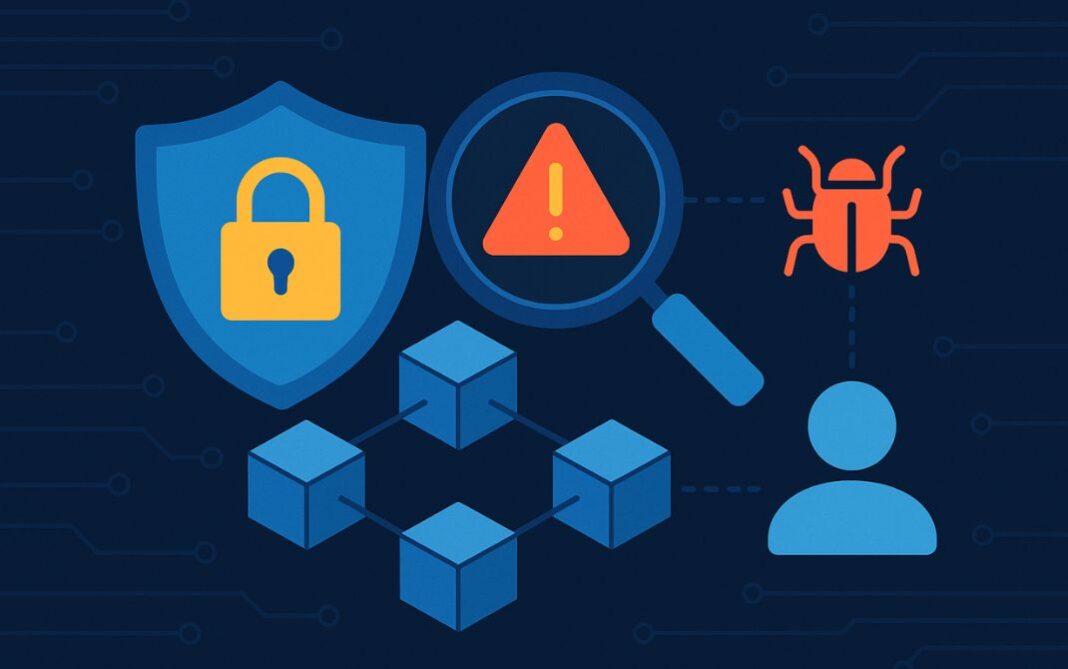Blockchain technology is famous for its strong security. However, like any technology holding value, it faces threats. Users often wonder if their assets are truly safe. This is where blockchain risk analysis comes in. It is the formal process experts use to find, understand, and manage potential dangers on a blockchain network. This process is essential for protecting the system’s integrity and a user’s digital assets.
What Is Blockchain Risk Analysis?
In simple terms, blockchain risk analysis is a deep security check-up. Experts perform this analysis to identify weak spots. They look at everything from the core blockchain code to the applications built on top of it. This process actively searches for vulnerabilities before criminals can exploit them. The goal is to build a strong defense by understanding every possible way the system could be attacked.
Common Areas of Blockchain Risk
A thorough blockchain risk analysis divides threats into several key areas. These categories help developers and security teams focus their efforts on the most critical dangers.
System-Level and Code Risks
This part of the analysis examines the blockchain’s fundamental rules. Experts check for “protocol risks”, or flaws in the main code. They also test the network’s defenses against theoretical dangers like a “51% attack,” where one group could try to control the network. Furthermore, they perform “smart contract vulnerability” checks to find bugs in the code of applications that run on the blockchain.
User-Level and External Risks
A blockchain risk analysis also covers threats outside the core code. This includes risks to the individual user, such as sophisticated phishing scams and malware designed to steal private keys. This analysis helps create better security practices and tools to protect everyday users from theft.
Protecting a blockchain is a complex, multi-layered job. Blockchain risk analysis is the continuous process that makes this security possible. By systematically identifying and neutralizing threats from core code flaws to user-level scams, this analysis builds trust and ensures the network remains a secure place for transactions.




